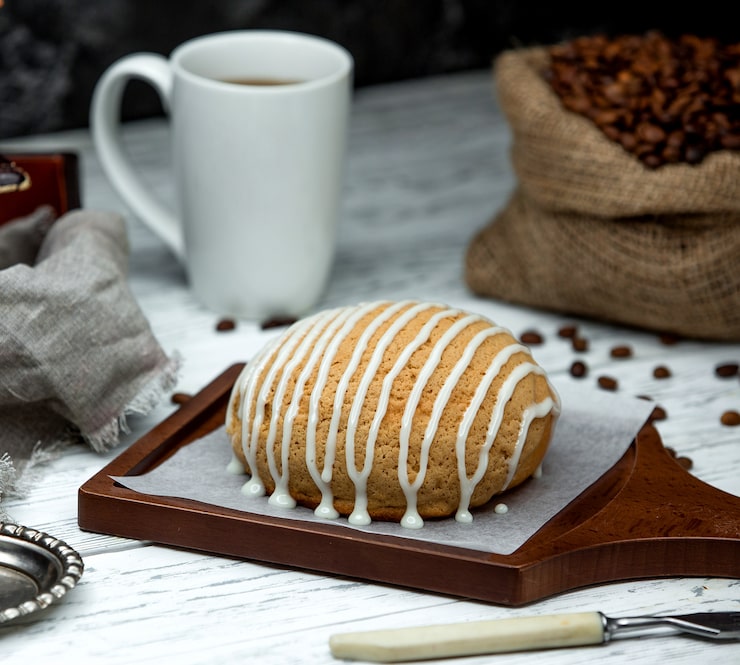If you’ve seen Milk Roll bread and wondered whether it’s healthy, this piece looks at the ingredients and nutrition to help you decide.
If you want to save on groceries, check Latest Deals — a site that lists top food and drink bargains from major UK retailers and offers a tool to compare supermarket prices.

Milk Roll is a soft, round bread made by Warburtons and includes added calcium. It’s called “Milk Roll” because it contains milk powder, which you don’t usually find in standard white bread. Families often like it because kids enjoy its softness, taste and shape.
Ingredients and allergens
Warburtons Milk Roll contains wheat, milk and soya, so it’s not suitable for people with those allergies. Alongside the usual bread ingredients (wheat, water, yeast, salt), it has dried skimmed milk powder and butter. Rapeseed and palm oil are added to increase the fat content. Soya flour appears near the end of the ingredient list.
Notes on specific ingredients
Palm oil is linked to environmental harm, though Warburtons say they use sustainable palm oil — and even sustainable palm oil can still carry environmental concerns. Nutritionally, palm oil is high in saturated fat, so it isn’t the healthiest oil.
Soya flour adds protein and some vitamins. While very large amounts of soy can affect thyroid function, the small amount in Milk Roll (it’s one of the last-listed ingredients) isn’t likely to be an issue for most people.
Nutrition snapshot
Per 100 g, Milk Roll has about 9.4 g protein, 2.8 g fat, 45 g carbs and 2.4 g fibre. That’s a little more protein than standard white bread, though Warburtons Soft White Rolls list slightly more protein (9.6 g per 100 g). Milk Roll also provides around 160 mg of added calcium per 100 g.
A typical slice (about 18.4 g) contains roughly 46 calories, so most people will eat two slices or more — two slices equal about 92 calories. Per 100 g there are 45 g of carbs, which works out to about 8.3 g per average slice. Milk Roll isn’t a low-carb bread.
Who it’s good for — and who should be careful
Milk Roll is softer than regular bread because of the milk powder and butter. That soft texture can make it a choking risk for babies who are just learning to chew, as the bread can gum together into a ball that’s hard to swallow. If you want to give it to a baby, toast it first to make it easier to chew, or choose wholemeal or 50/50 bread (a mix of white and whole-grain flour). Wholemeal or mixed breads are generally healthier because they have more nutrients and fibre, but remember very young babies shouldn’t have too much fibre.
Weight and blood sugar considerations
A single slice’s low calorie count can help if you’re tracking calories, but slices are small and you’ll probably eat more than one. Also, as a white bread, Milk Roll can raise blood sugar quickly, which may lead to increased hunger later. For weight loss or better blood sugar control, wholemeal bread is usually the better choice.
Overall verdict
Milk Roll is a highly processed white bread with some added nutrients like calcium. It’s soft and tasty, but not the healthiest option compared with wholemeal or less processed breads, which tend to have more fibre, more lasting fullness, and a smaller impact on blood sugar.